
Key Takeways
- Digital asset management empowers healthcare teams to centralize all media, documents, and training materials, improving visibility and reducing content duplication.
- Common challenges include inefficient workflows, delayed approvals, and scattered file storage, which can hinder the delivery of quality patient care and team productivity without a proper system.
- Successful healthcare organizations use automated tagging, real-time notifications, and integrated collaboration tools to streamline processes and ensure regulatory compliance.
- Platforms like BrandLife provide secure, HIPAA-ready storage, audit trails, and AI-driven search, enabling teams to work efficiently while maintaining consistent, accurate communication.
Healthcare organizations live at the intersection of urgency, accuracy, and trust. From hospitals and clinics to research institutions and medical device companies, every piece of content, including patient education videos, compliance protocols, and other materials, can directly impact patient outcomes.
That’s why digital asset management (DAM) is no longer optional. It’s fundamental.
Unlike generic file storage tools, digital asset management solutions like BrandLife are purpose-built for regulated industries where accuracy, security, and communication save lives.
This article will explore why healthcare institutions need a dedicated digital asset management system—how it streamlines workflows and safeguards compliance.
We’ll also cover the specific ways BrandLife empowers healthcare teams to stay organized, compliant, and focused on better care.
What to Expect with Digital Asset Management in Healthcare
Healthcare organizations face a unique mix of regulatory, operational, and communication challenges. From maintaining HIPAA-compliant patient visuals to keeping marketing assets aligned with brand and legal standards, every file carries risk if mishandled.
A digital asset management platform addresses these pain points by:
- Centralizing all media, documents, and training files in one secure environment.
- Applying metadata and AI tagging for faster retrieval and organization.
- Managing access rights to prevent unauthorized use or data leaks.
- Tracking version history for every file to maintain a clear audit trail.
- Integrating with tools like Canva, Dropbox, Google Drive, and Figma for smoother workflows.
According to IDC’s 2024 DataSphere report, healthcare data volumes are increasing by more than 36% year over year, with imaging and video content being the fastest-growing categories.
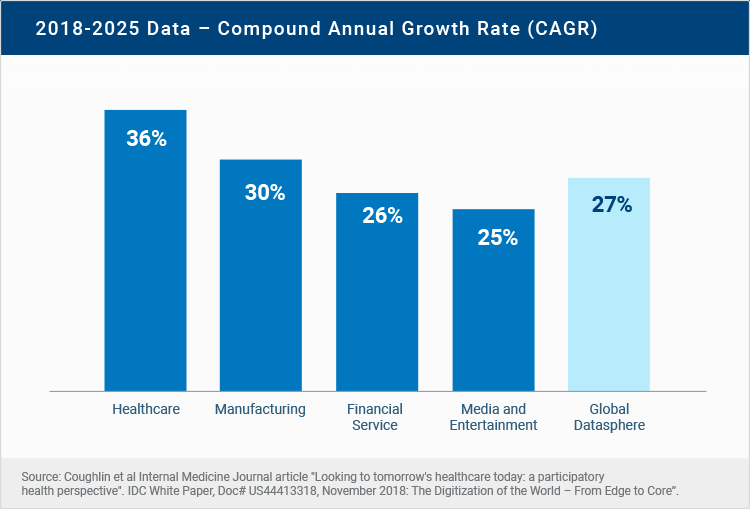
Yet, a 2023 McKinsey study found that clinicians and admin staff spend up to 30% of their workweek searching for or recreating content.
A robust digital asset management platform like BrandLife transforms this inefficiency into structured control. This makes files searchable, secure, and available in seconds rather than hours.
Key Benefits of Digital Asset Management for Healthcare
Digital asset management benefits are tangible across the healthcare ecosystem.
1. Improved organization and accessibility
A unified asset library eliminates the fragmentation of files across shared drives and email attachments. Teams can upload, tag, and search by patient education topic, department, or campaign type.
BrandLife’s AI-powered tagging automatically identifies file content—logos, visuals, text formats—and applies relevant metadata. This reduces manual work and helps staff find the correct version instantly.
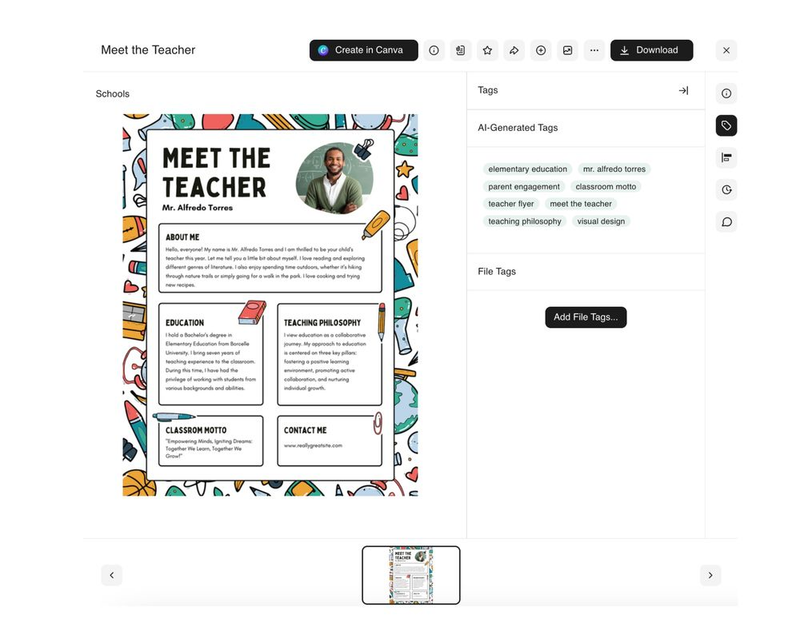
Organizations using structured BrandLife see over 20% faster asset retrieval, freeing creative and communications teams to focus on strategy rather than file management.
2. Enhanced collaboration across departments
Hospitals often involve multiple stakeholders such as physicians, communications officers, compliance reviewers, and external partners.
A digital asset management for healthcare facilitates smoother collaboration by allowing real-time feedback, approvals, and commenting on assets within one workspace.
For example, when a hospital launches a new vaccination awareness campaign, marketing teams can upload all visuals, doctors can review for clinical accuracy, and compliance officers can approve final messaging—all within BrandLife’s shared environment.

This structured workflow shortens review cycles, reduces duplicated effort, and minimizes version errors that can cause miscommunication.
3. Compliance and data security
Regulatory compliance remains one of the most critical aspects of healthcare content management. A digital asset management solution enforces strict access controls, logs every activity, and stores assets using encrypted protocols compliant with frameworks such as:
- HIPAA (Health Insurance Portability and Accountability Act – U.S.)
- GDPR (General Data Protection Regulation – EU)
- FDA 21 CFR Part 11 for electronic records
- ISO 27001 for data protection and cloud security
BrandLife supports permission-based access, secure link sharing, and automated audit trails.
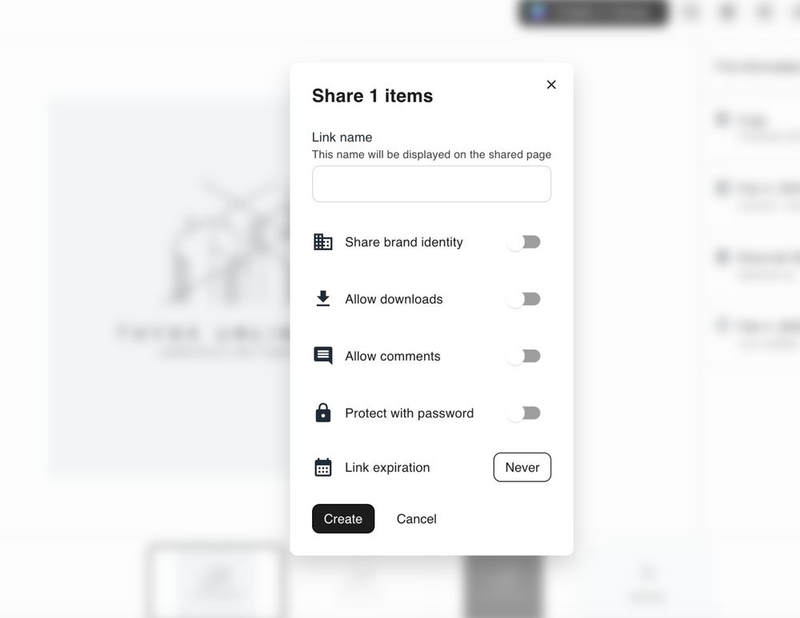
These controls ensure only authorized personnel handle sensitive patient information, while version tracking maintains transparency for compliance audits.
In Ponemon Institute’s 2023 Cost of Data Breach Report, the average healthcare data breach cost reached $10.93 million—the highest of any industry.
Implementing a digital asset management system with embedded security protocols significantly lowers this exposure.
4. Cost savings and operational efficiency
Digital asset management platforms reduce hidden operational costs from content duplication, storage bloat, and compliance rework.
Instead of paying for multiple repositories or cloud subscriptions, a single digital asset management system consolidates storage while improving productivity.
BrandLife clients report:
- 30% higher productivity from reduced search time.
- 25% faster time-to-market for campaigns.
- 40% cost savings from reusing existing approved assets.
These savings directly translate into more capacity for patient engagement, staff training, and innovation projects, without expanding budgets.
5. Consistent patient and brand experience
In healthcare, trust is built through clear, accurate, and consistent communication. A digital asset management platform ensures every brochure, video, and online graphic uses approved branding and up-to-date medical information.
BrandLife integrates brand guidelines directly into its digital asset management environment, so every user accesses the latest logos, typography, and tone of voice materials alongside their digital assets.
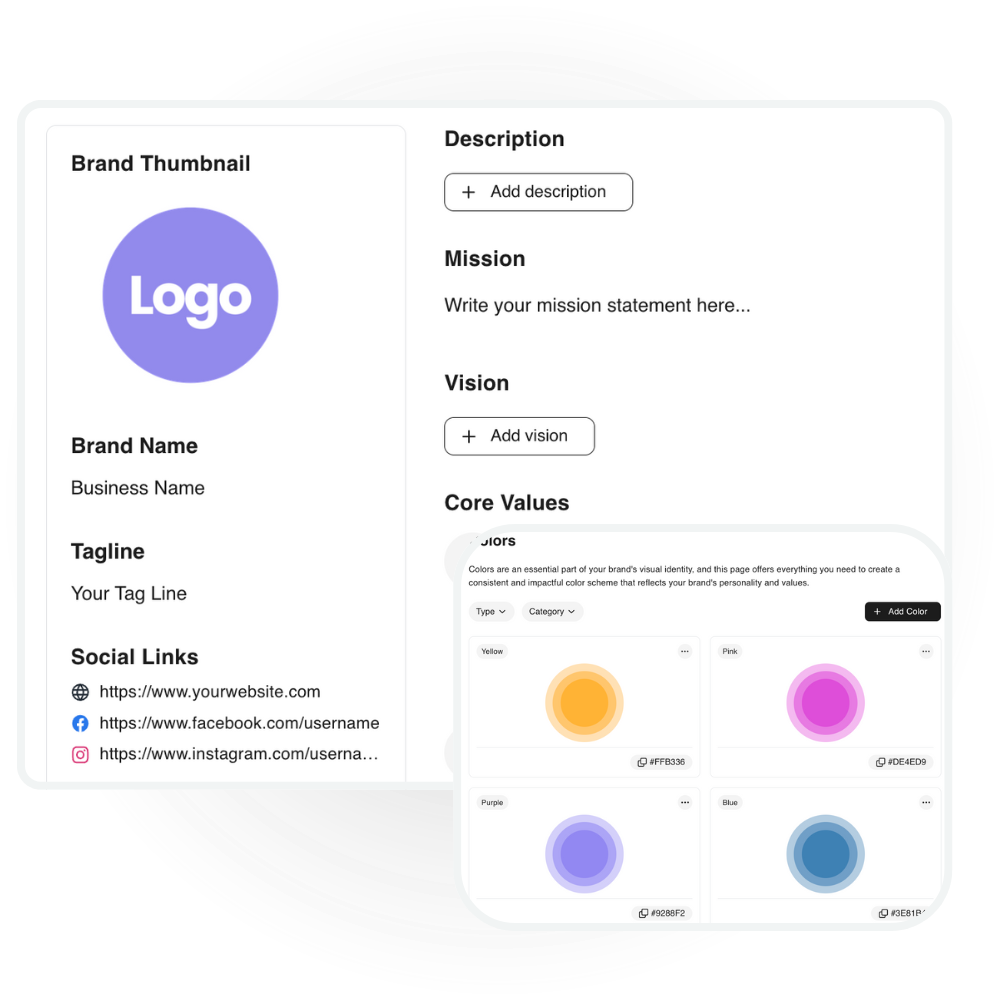
Whether producing a patient safety infographic or internal HR training video, teams stay visually and contextually aligned.
A consistent identity strengthens credibility and supports a positive patient experience—an increasingly vital factor as healthcare organizations compete for attention in digital channels.
Real Use Cases for Digital Asset Management in Healthcare
Healthcare organizations worldwide are already leveraging digital asset management to enhance their efficiency and communication.
Here are some use cases of digital asset management for healthcare.
1. Hospital marketing and patient communication
Hospitals often run awareness campaigns across digital and offline channels. Without digital asset management software, maintaining consistent, compliant messaging is nearly impossible.
With BrandLife, marketing teams can store all campaign assets, social media visuals, and videos in one library—ensuring every message aligns with compliance and brand standards.
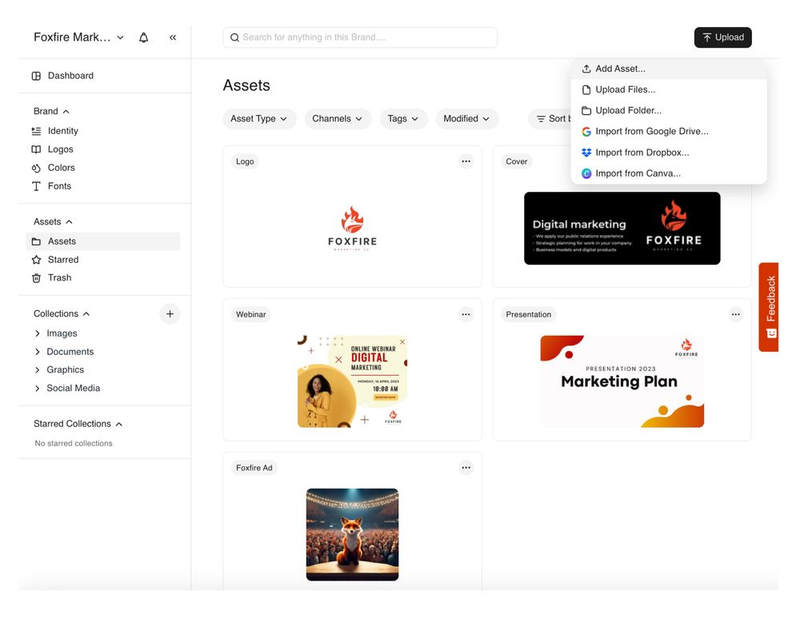
2. Staff training and education
Training hospitals and medical universities rely on up-to-date marketing materials. BrandLife provides a central repository for training videos, policy manuals, and continuing education modules—keeping every learner aligned with the latest standards.

3. Research and collaboration
Researchers and medical educators often share sensitive visuals and data across institutions.
BrandLife’s secure sharing and access logs make it easier to collaborate without compromising confidentiality.
4. Clinical operations
Clinicians can quickly access updated patient education materials or procedure diagrams, reducing the chance of outdated information influencing care decisions.
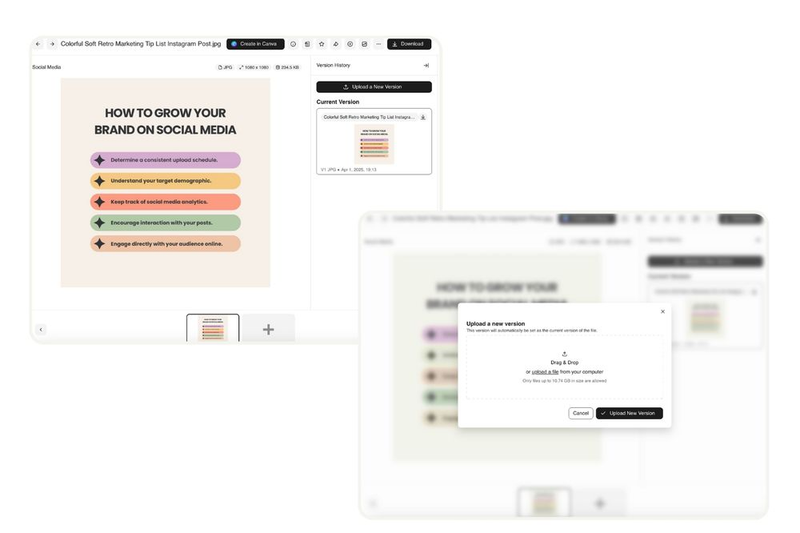
The Future of Digital Asset Management in Healthcare
As healthcare providers continue digitizing operations, the next phase of digital asset management evolution centers on intelligence and automation.
Here’s what’s ahead:
1. AI-powered metadata and predictive search
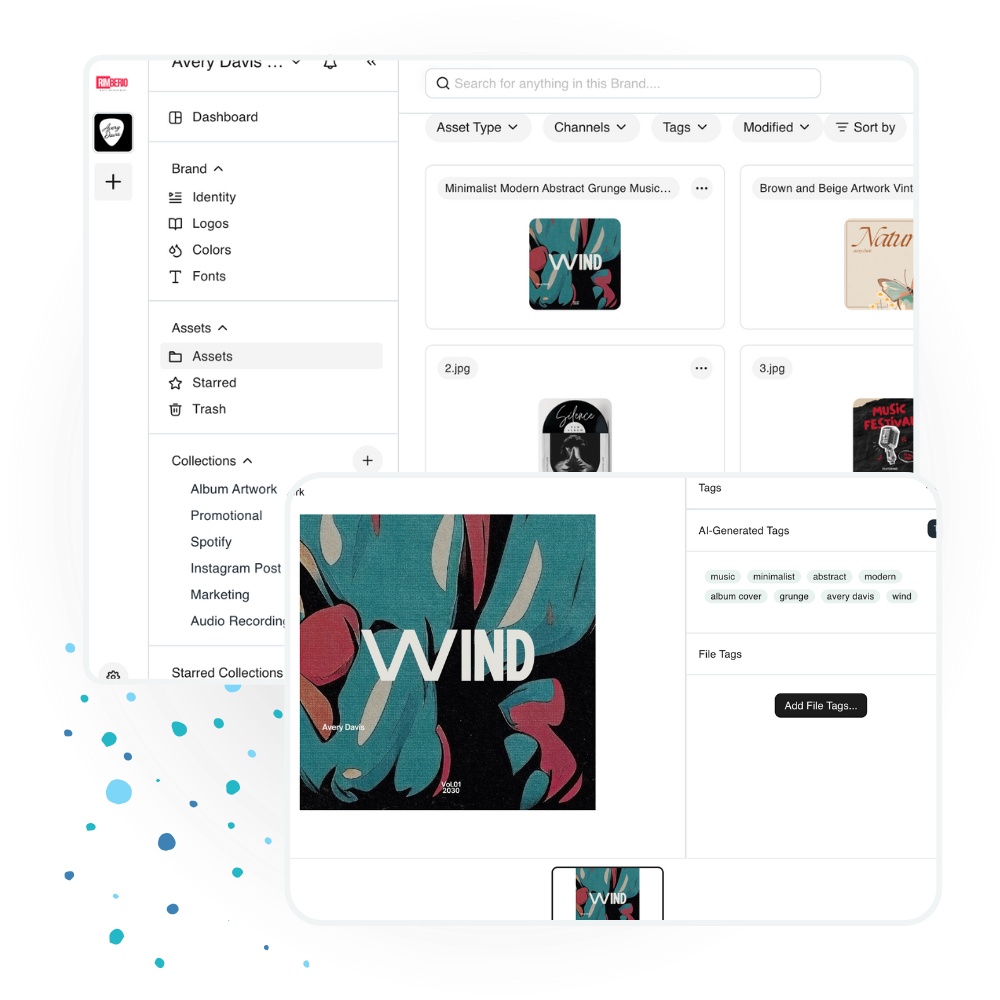
Future digital asset management systems will analyze asset content automatically—detecting medical imagery, text, and contextual keywords to improve retrieval.
BrandLife already integrates AI-powered tagging and visual search, helping users locate files using plain-language queries.
2. Workflow automation and integration
Hospitals increasingly link digital asset management systems with electronic health record (EHR) tools, learning management systems (LMS), and telehealth platforms.
This integration eliminates redundant uploads and keeps patient-facing materials synchronized with the latest clinical information.
3. Advanced analytics and compliance automation
Analytics dashboards will extend beyond usage metrics to include compliance status, asset aging, and access patterns—alerting administrators before regulatory deadlines.
BrandLife’s roadmap includes automated audit trails and digital rights management, enabling healthcare teams to track how every file is used across campaigns.
4. Visual consistency and AI-driven branding
Upcoming BrandLife features, such as automatic color extraction and AI brand identity analysis, will help organizations maintain uniformity across all communications. Brand consistency is an essential factor in healthcare reputation and trust.
According to Deloitte’s 2025 Global Health Tech Outlook, 72% of healthcare executives plan to invest in digital technologies within the next two years to strengthen governance and digital maturity. Digital asset management adoption will be central to that transformation.
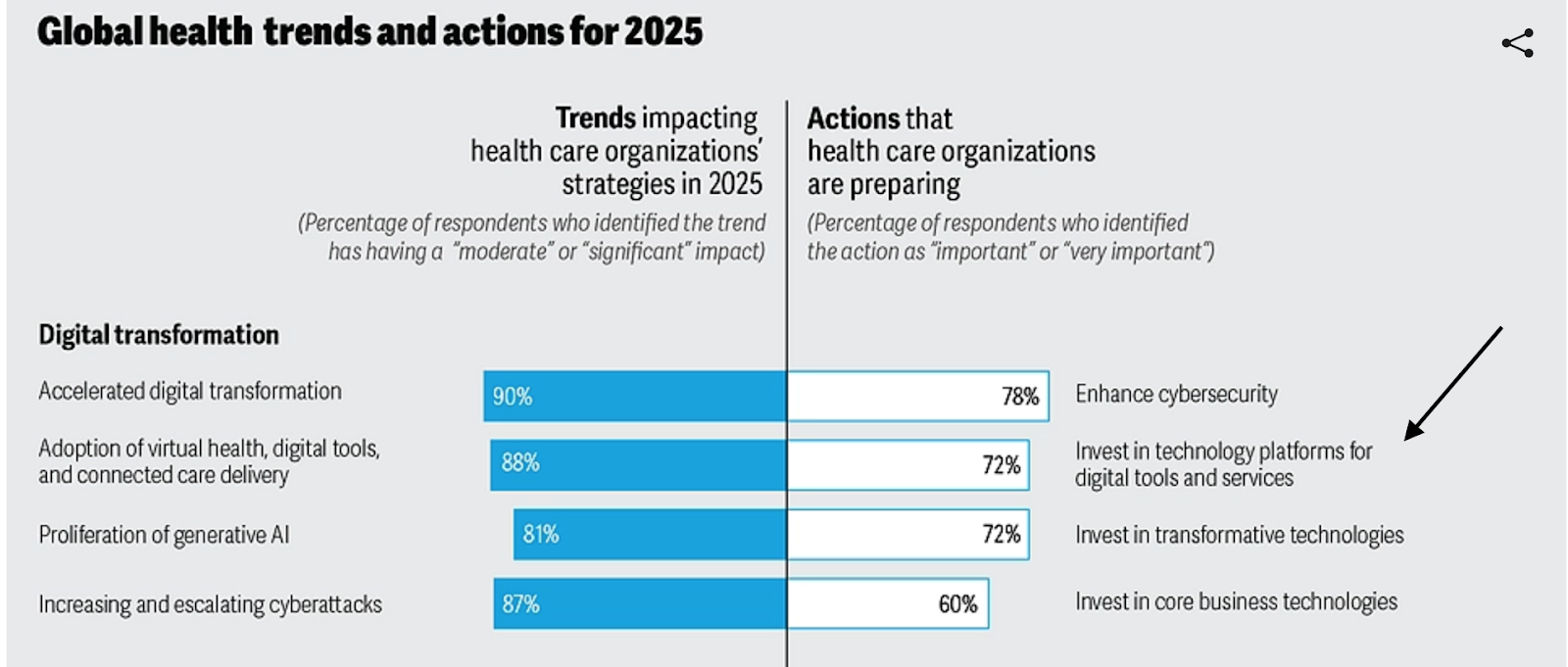
Why BrandLife Digital Asset Management Is Built for Healthcare
As healthcare organizations continue to evolve, digital asset management will become a cornerstone of operational excellence. It enables teams to manage digital content with the same rigor they apply to patient care.
Besides, clarity, compliance, and speed are essential in healthcare. BrandLife provides everything you need to store, organize, and govern your content in one intuitive platform.
Here’s why healthcare providers trust BrandLife:
HIPAA-ready safeguards & audit logs
BrandLife’s digital asset management system provides complete visibility into all actions taken on sensitive files. Audit logs track who accessed or modified content, helping healthcare organizations maintain compliance and strengthen security oversight.
Real-time notifications

Using BrandLife, staff are immediately informed when new resources, guidelines, or media are published. This ensures teams stay up to date, improving workflow efficiency and reducing delays in patient care or research initiatives.
Encrypted storage & transfer
All patient records, research data, and digital assets are encrypted both in storage and during transfer. This end-to-end protection safeguards sensitive information from unauthorized access and data breaches.
Start your free 14-day trial today at BrandLife and experience how structured digital asset management can simplify your daily operations and elevate your organization’s digital maturity.
Frequently Asked Questions
Digital asset management ensures that sensitive patient data and medical content are stored securely, with role-based access and encrypted transfer. Audit logs and version tracking help healthcare organizations maintain HIPAA, GDPR, and FDA compliance with full transparency.
A digital asset management platform centralizes all files in one secure workspace, allowing physicians, marketing teams, and compliance officers to review, comment, and approve content in real time. This reduces duplicated effort, accelerates workflows, and ensures everyone works with the latest approved materials.
Getting started is easy with platforms like BrandLife. Begin by centralizing your existing digital assets, setting up user permissions, and integrating AI-powered tagging to organize and retrieve files efficiently. This will enable your teams to work faster and more securely.




